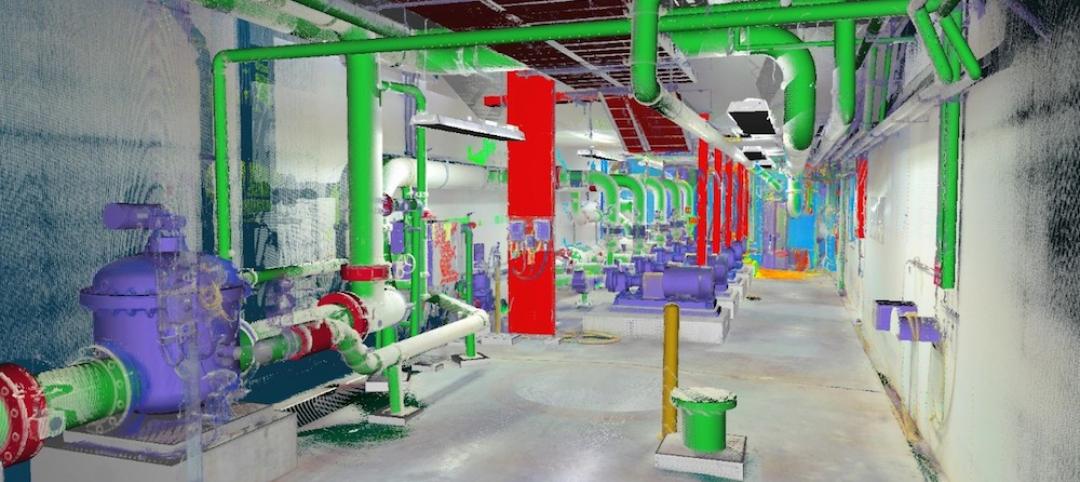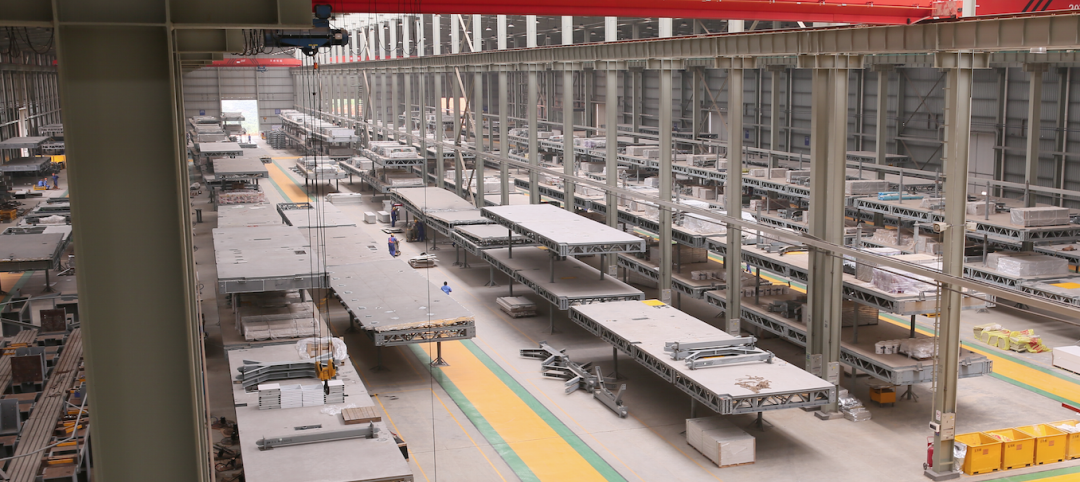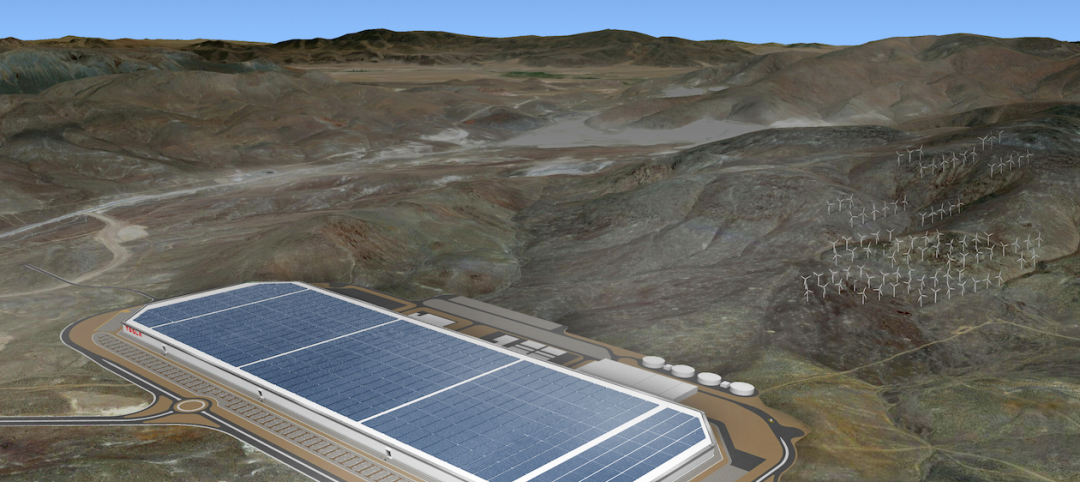Swinerton, the national construction services provider, is among the GCs that are embracing construction technology is various ways.
It is using high-definition 3D scanning technology to provide clients with such benefits as time-stamping work with preserved historical data, minimizing client travel thanks to remote walk-through capabilities, and coordinating subcontractors with an eye toward minimizing change orders and errors.
The firm’s prefab and modular construction capabilities leverage technology to reduce construction costs by as much as 20% per project, improve quality and safety, and expedite a project’s completion.
And on a number of its jobsites, Swinerton has been testing Boston Dynamics’ quadruped robot, better known as Spot Dog, for walk-throughs to inspect progress (such as tracking the numbers of studs or electrical conduit installed daily), measure and report data points, create a digital twin, and compare as-built to BIM.
Meet Spot Dog: The robotic inspection dog for construction jobsites
The three-foot-tall yellow robot “is an incredibly capable machine,” says Eric Law, Swinerton’s senior director of technology and innovation, whom BD+C interviewed last week with Tristen Magallanes, the firm’s innovation analyst; and Brian Ringley, a construction technology manager with Boston Dynamics.
Swinerton has been testing Spot Dog for four months. It used the robot to track the interior work within a ground-up medical office building in Redwood City, Calif. (That robot has since been relocated to one of Swinerton’s other projects in Austin, Texas.) The robot was also at work at the Queen Emma Building in Honolulu, Hawaii, where Swinerton is reconstructing an office building to affordable apartments.
The robot in use in Honolulu, which can handle a payload of up to 30 lbs., was equipped with a laser scanner and 360-degree camera. The robot, explains Ringley, can be controlled directly or tele-operated from offsite. There’s also an “auto-walk” feature where the user takes the robot to where he or she wants it to go, and artificial intelligence lets the robot repeats that pattern and tasks.
A video of Spot Dog in action in Honolulu can be viewed here.

Spot Dog, standing in front of Swinerton's brand image.
Law notes that a robot is better suited for capturing repetitive data because humans “have a hard time walking the same path everyday.” Spot Dog is also capable of navigating uneven terrain, and can be programmed to avoid obstacles.
Boston Dynamics has about 100 of these robots in the field, confirms Ringley, all of them under leases that typically run from six to 12 months. He declined to discuss lease terms, except to say “it’s cheaper than leasing a car.”
Spot Dog was expected to complete its work at the Honolulu project sometime this month and be relocated to roam another Swinerton project.
Ringley says that Boston Dynamics is constantly tweaking its robots for better mobility, stability, and autonomy. Boston Dynamics is preparing to launch a 2.0 version of Spot Dog “soon,” he says, without disclosing any details.
Related Stories
AEC Tech | Apr 12, 2016
Startup introduces PaperLight, an interactive projection screen for AEC pros
The device lets users edit sketches, plans, and images with a stylus or their fingers.
AEC Tech | Mar 31, 2016
Deep Learning + AI: How machines are becoming master problem solvers
Besides revolutionary changes to the world’s workforce, artificial intelligence could have a profound impact on the built environment and the AEC industry.
AEC Tech | Mar 17, 2016
Managing risks with laser scanning gives AEC firms an edge
The more that clients demand the service, the easier it is to justify the cost of laser scanning equipment and software.
AEC Tech | Mar 15, 2016
Two to tango: Project Tango isn’t just for entertainment, it also has a wide range of possibilities relating to the professional world
Making things like augmented reality, precise measurements of indoor spaces, and indoor wayfinding possible, Google’s Project Tango has all the makings to become a useful and ubiquitous tool in the AEC market.
AEC Tech | Mar 10, 2016
Is the Internet of Things the key to smarter buildings and cities?
Experts say yes. But what’s needed is a point person who makes sure that sensing devices can “talk” to each other.
Multifamily Housing | Mar 10, 2016
Access and energy control app clicks with student housing developers and managers
Ease of installation is one of StratIS’s selling features.
AEC Tech | Mar 8, 2016
WiredScore offers developers competitive advantage in marketing
Designates best-in-class Internet connectivity.
Game Changers | Feb 5, 2016
London’s ’shadowless’ towers
Using advanced design computation, a design team demonstrates how to ‘erase’ a building’s shadows.
Game Changers | Feb 5, 2016
Asia’s modular miracle
A prefab construction company in China built a 57-story tower in 19 days. Here’s how they did it.
Game Changers | Feb 5, 2016
Tesla: Battery storage is not just about electric vehicles
With his $5 billion, 13.6 million-sf Gigafactory, Tesla’s Elon Musk seeks to change the economics of battery energy storage, forever.















